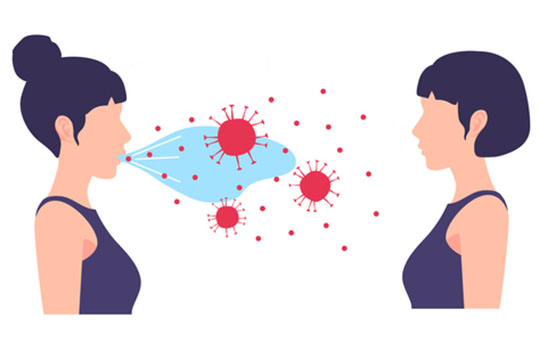This COVID19 pandemic has taught all of us the importance of cleaning and disinfection. However, have we learned enough about dwell time and how it would affect the effectiveness of the disinfectant? Too often, we see people giving a surface a quick spray and immediately wiping it away. There is a major issue: no enough time given to the disinfectant solution to work effectively to kill the targeted pathogen.
In this blog, we will be discussing what dwell time is and how important it is to effective disinfection.
What is dwell time?
Dwell time, also known as kill time or contact time, is the amount of time that a sanitizer or disinfectant must be i contact with the surface and reamain wet to achieve the product’s advertised kill rate.
Disinfectant solutions target a wide range of pathogens, and the surfaces these pathogens inhabit also vary greatly. Depending on what bacteria and viruses the product claims to kill and what surfaces it is treating, different disinfectants have different dwell times. Some may require only seconds, while others may have kill times of up to 10 minutes or even more before reaching the desired efficacy.
Why do dwell times matter?
Dwell times are not a suggestionm but a requirement instead. If you want to have a thorough disinfection, you must let the disinfectant dwell for as long as the product label recommends.
Therefore, as you look for effective disinfectant solutions, keep a close eye on the contact times. Whether you’re using a wipe, spray, or fogger, it is essential for you to acknowledge the amount of time the disinfectant needs to dwell to work effectively, especially during this special time. Shorter dwell time means less time waiting for the disinfectant to do its job and more time protecting customers and employees.
Why is it important to preclean?
To maximize the effectiveness, it is recommended to use a two-step disinfection process: precleaning and disinfecting. Cleaning refers to moving germs, dirt, and impurities from surfaces, while disinfecting refers to using chemicals to kill germs on surfaces. The step of cleaning does not kill germs, but lowers the number and the risk of spreading infection. If the surface you’re disinfecting is heavily soiled, the layer of grime can work as a shield to protect the germs and prevent a disinfectant from interacting with the germs.
Therefore, in order to let a disinfectant work effectively during its dwell time, it is important to pre-clean the surfaces before applying disinfectant solutions.
Vital Oxide's 5-min dwell time
Vital Oxide is tough on germs but gentle on surfaces. According to a new test conducted by MICROBAC, Vital Oxide is proven effective in killing the COVID19 virus, SARS-CoV-2, on hard, non-porous surfaces, with a dwell time of just 5 minutes.
To provide a safer and healthier environment for your business and home, use Vital Oxide wipes to first pre-clean the surfaces, and then use an ULV cold fogger or electrostatic sprayer to apply Vital Oxide disinfectant solution to kill 99.999% of viruses and bacteria.




